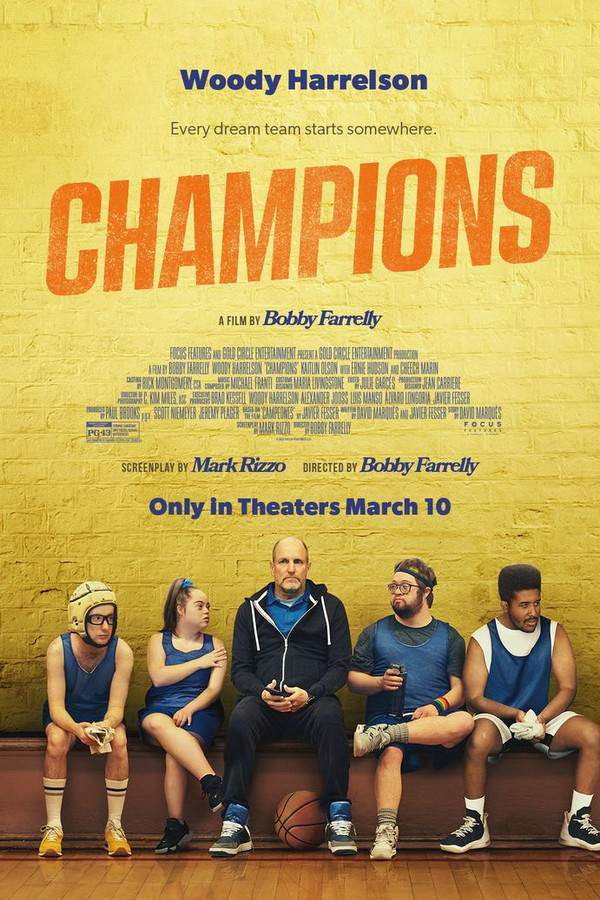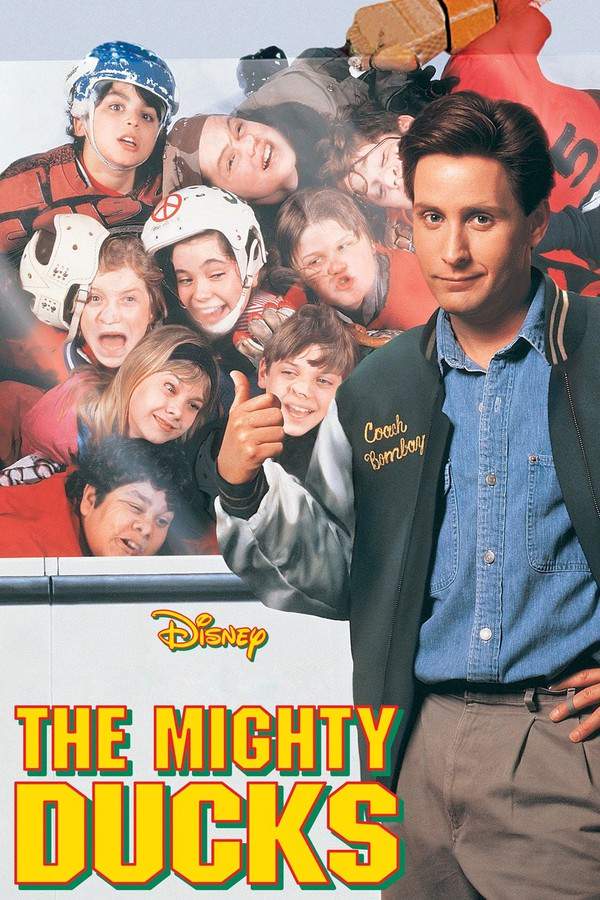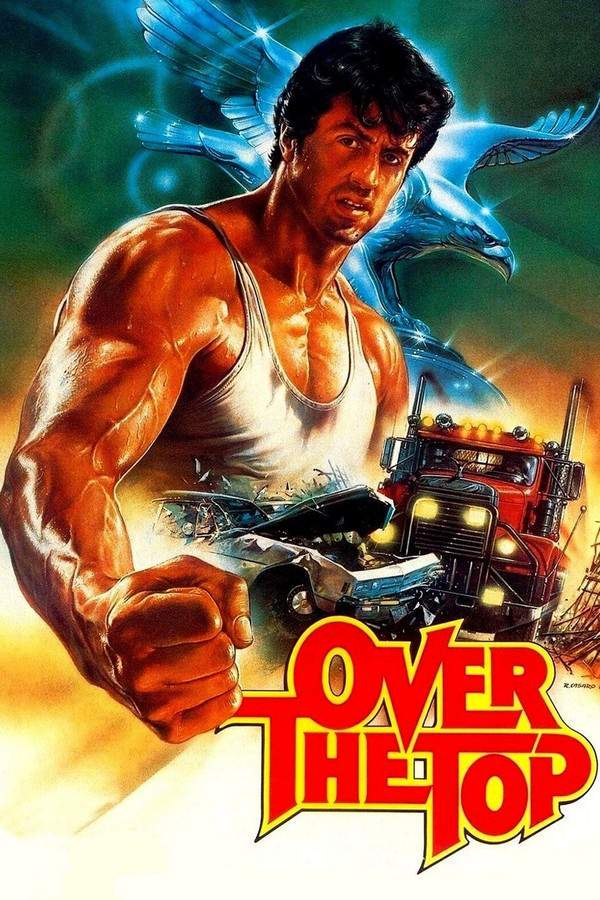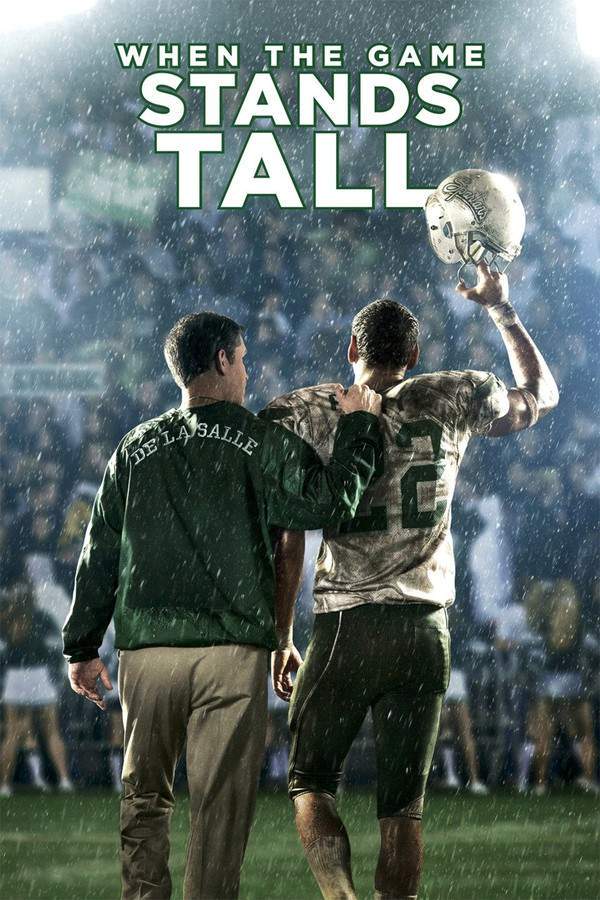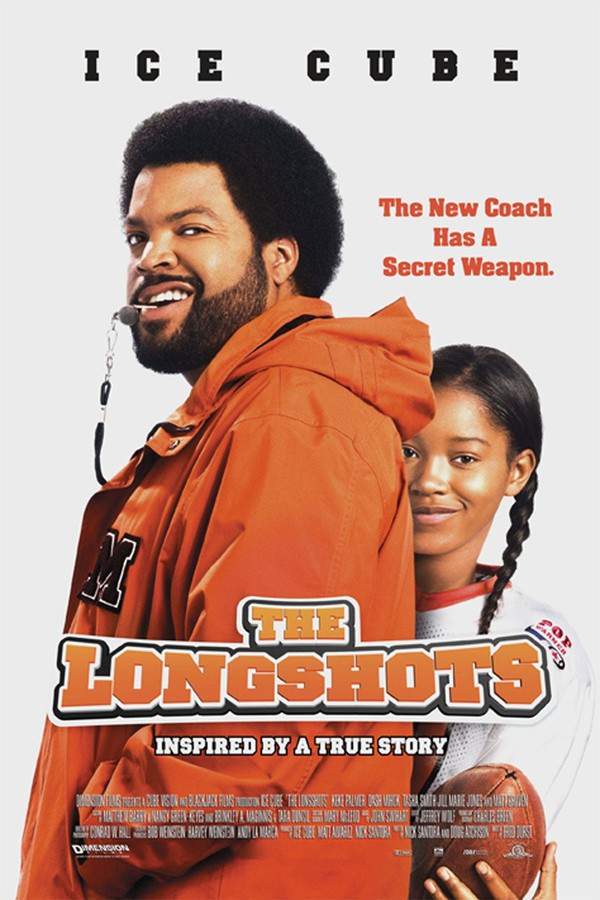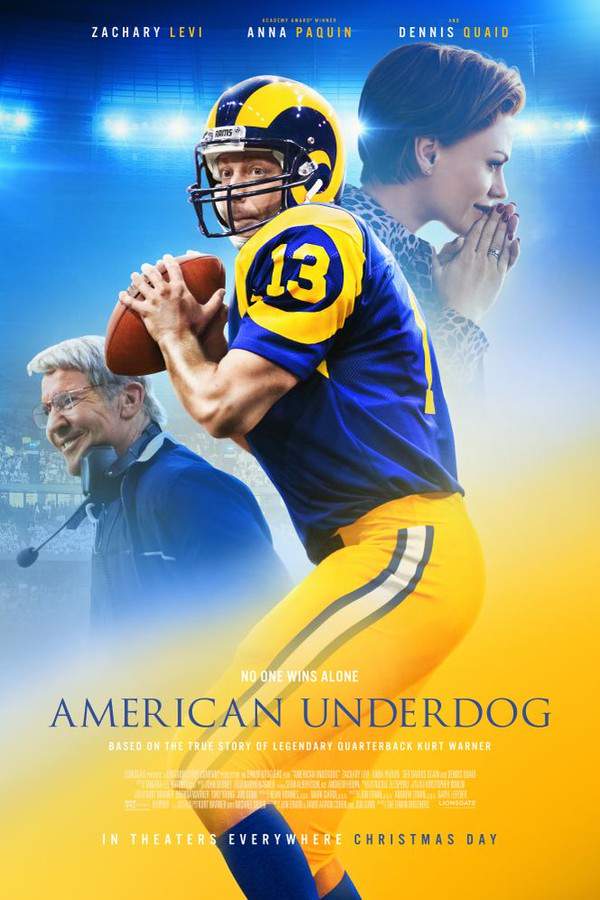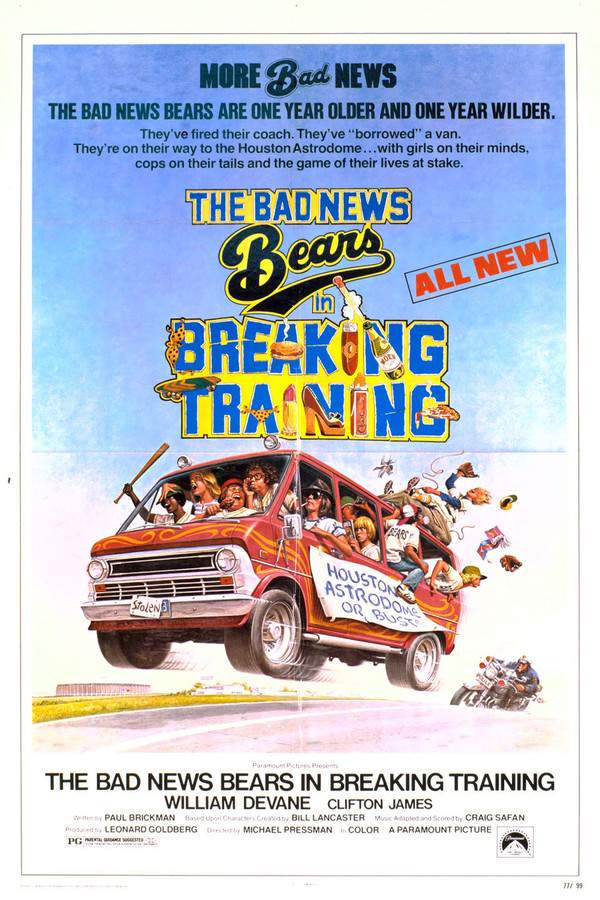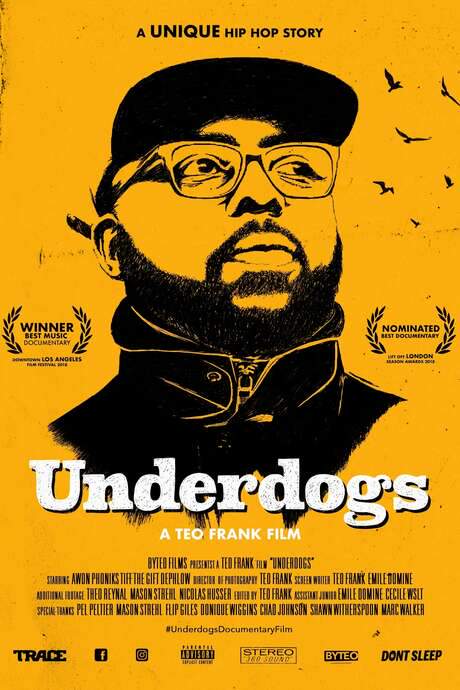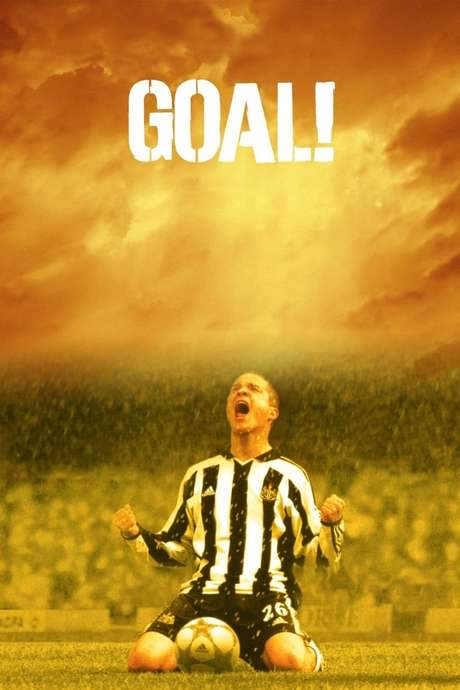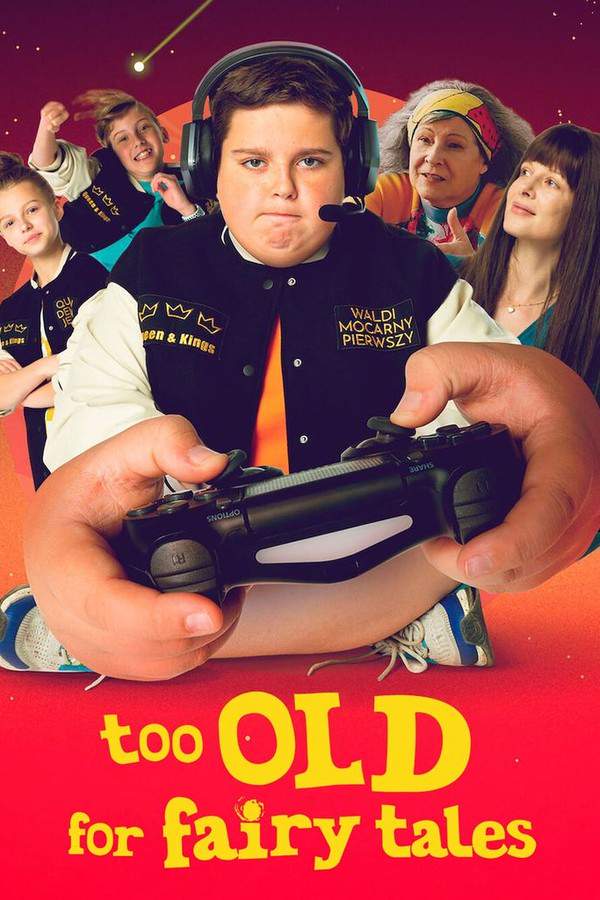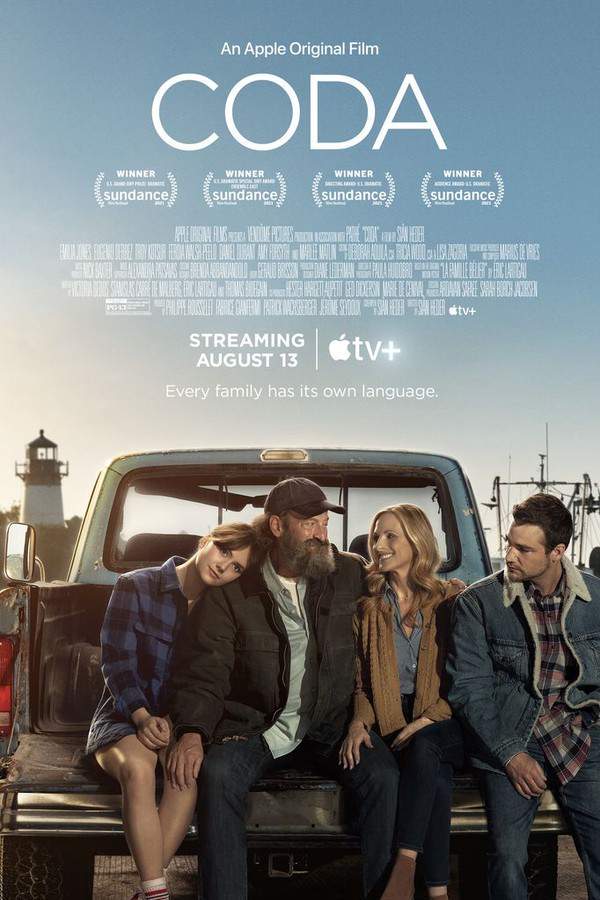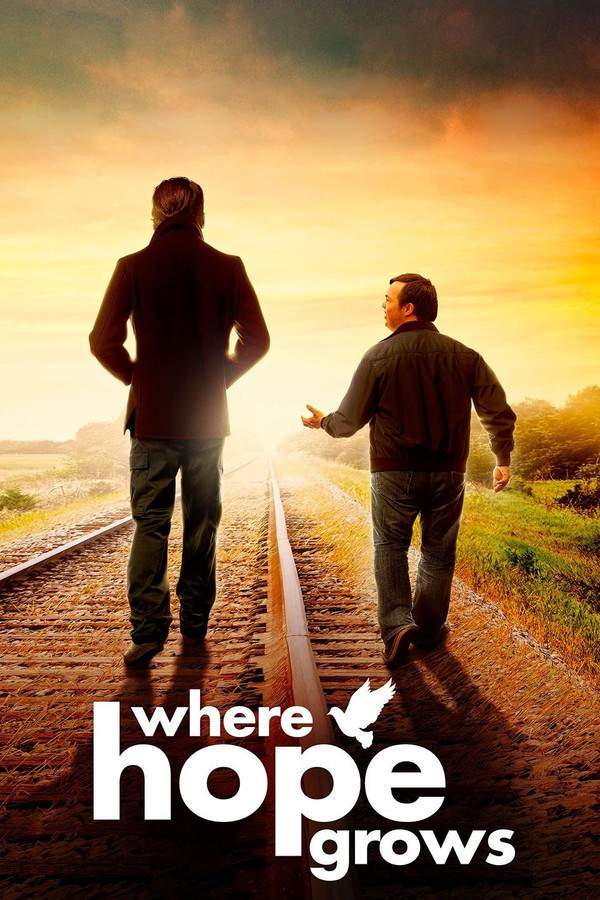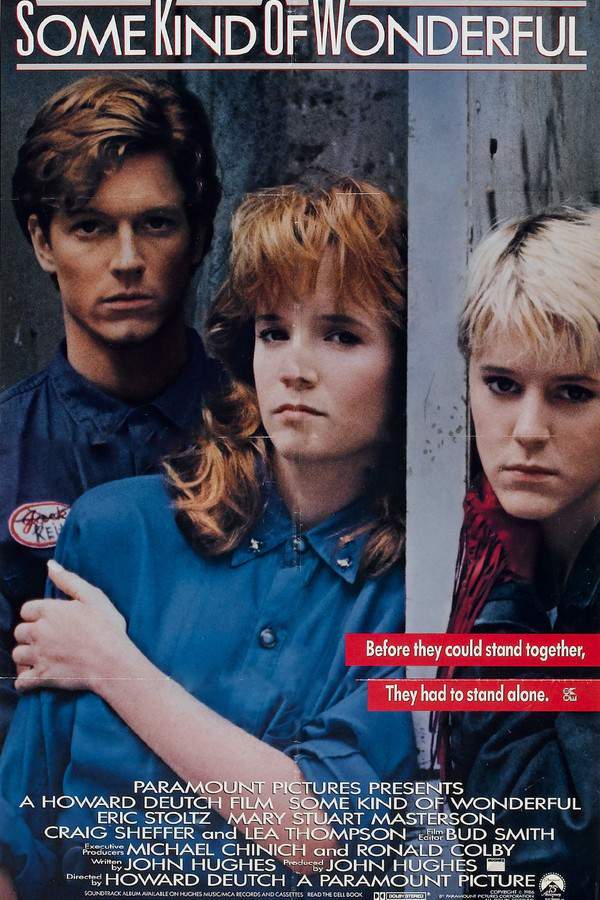
Full-Court Miracle
Year: 2003
Runtime: 90 mins
Language: English
Director: Stuart Gillard
Based on the real-life experience of University of Virginia star Lamont Carr, the story follows a group of young Jewish basketball players determined to lift their team from a losing streak. They search for a coach who can guide them, while the protagonist Alex Schlotsky draws inspiration from the true stories of Alex Barbag and Chad Korpeck.
Warning: spoilers below!
Haven’t seen Full-Court Miracle yet? This summary contains major spoilers. Bookmark the page, watch the movie, and come back for the full breakdown. If you're ready, scroll on and relive the story!
Full-Court Miracle (2003) – Full Plot Summary & Ending Explained
Read the complete plot breakdown of Full-Court Miracle (2003), including all key story events, major twists, and the ending explained in detail. Discover what really happened—and what it all means.
Alex “Schlots” Schlotsky, Alex D. Linz, is a 14-year-old freshman at Philadelphia Hebrew Academy, where he and his friends play on the school’s struggling basketball team, the Lions. The Lions dream of winning the Liberty Tournament and defeating their school’s rivals, the Warriors, but they lack a seasoned coach. Determined to give his team a fighting chance, Schlots and his friends set out to find their own Judah Macabee to coach them, hoping to spark a new love for the game that goes beyond mere instruction.
During a routine practice at a local park, Schlots discovers a potential mentor in Lamont Carr, Richard T. Jones, a former college basketball star whose knee injury prevented him from reaching the NBA. The film follows the many hurdles the pair must overcome: Lamont’s homelessness after leaving his wife and son in Virginia while he seeks a chance with a pro organization, and Schlots’s stubborn yet hopeful mission to show Lamont that coaching this ragtag group is worth his time, energy, and the small amount of money the boys can offer. Schlots also must navigate his own ambitions with his mother’s wishes for him to pursue medicine and a shadowing program, a tug-of-war that adds heart and tension to every choice he makes. The principal, Mrs. Klein, Sheila McCarthy, keeps a wary eye on Lamont, questioning whether he’s a safe influence for the players.
In their early days of practice under Lamont’s unorthodox guidance, the boys grow exhausted and frustrated, yet Schlots’s quiet faith and insistence that the joy of the game matters begin to rekindle Lamont’s own love for basketball. Mrs. Klein’s suspicions and the shadow of Lamont’s homelessness intensify the pressure, and Schlots secretly asks Lamont to consider a better arrangement when the risk of trouble arises. When Schlots opens the door for Lamont at an apartment complex, the tension eases as a potential living situation emerges: Lamont could live there for free if Mr. Schlotsky can find a tenant, a pragmatic solution that also offers Lamont a chance to stay connected with the team.
As the Liberty Tournament draws near, Lamont informs the Lions that he has received a 10-day contract offer from the Philadelphia 76ers and plans to accept it, which means the team must try to win the tournament without their coach. The Lions respond with grit and teamwork, winning every game as they advance toward the final. On the night of the final, Schlots confronts his mother and earns her deeper understanding of his love for basketball, a turning point that strengthens the team’s backing behind him.
A powerful thunderstorm erupts, and the gym’s power is knocked out just as the climax begins. The school mobilizes an emergency generator so the game can continue, with the rule that the team leading when the fuel runs out will win. The Warriors attempt to stall by exhausting the generator, while the Lions struggle with doubt. It is Lamont who reappears in the gym to remind them to hold fast to their belief in themselves, and the power unexpectedly surges back to life. The final minutes unfold with the Lions closing the gap, and in a selfless moment, Schlots passes the ball rather than taking a last-second shot, allowing his teammates to score the winning basket.
The celebration sweeps through the school as Lamont’s wife and son arrive, signaling a new chapter as Lamont shares with the Lions that he intends to become their full-time coach. The film closes on a warm, communal note, with Schlots, Lamont, and their families sharing a moment of joy on the court. The closing image layers Rabbi Lewis’s Hanukkah story with the basketball game’s themes of faith, perseverance, and community, reinforcing how a small, determined group can transform a community when they believe in each other. R.H. Thomson brings the frame together in this final, hopeful echo of the holiday tale.
Last Updated: October 09, 2025 at 16:49
Explore Movie Threads
Discover curated groups of movies connected by mood, themes, and story style. Browse collections built around emotion, atmosphere, and narrative focus to easily find films that match what you feel like watching right now.
Heartfelt Sports Underdog Movies like Full-Court Miracle
Ragtag teams find purpose and community through a dedicated mentor.If you enjoyed Full-Court Miracle, you'll love these uplifting sports dramas. These movies feature similar stories of underdog teams finding their way with the help of a mentor, blending inspiring moments with heartfelt character journeys about teamwork and self-belief.
Narrative Summary
These stories typically follow a predictable but satisfying arc: a team or athlete is at a low point, a new coach or mentor arrives (often reluctantly), they face challenges together, and their ultimate victory is less about winning a trophy and more about personal redemption and team unity.
Why These Movies?
Movies are grouped here because they share a core focus on the transformative power of mentorship in sports, a steady and hopeful pacing, medium emotional stakes, and a final feeling of communal triumph that leaves the viewer feeling uplifted.
Community-Focused Coming of Age Stories like Full-Court Miracle
Young characters find support and identity within a newfound group.Find movies similar to Full-Court Miracle that explore themes of found family and communal support. These narratives follow young characters as they navigate expectations and self-doubt, ultimately finding their strength and identity through the bonds they form with a group.
Narrative Summary
The narrative pattern centers on a protagonist grappling with personal or family expectations. Through a shared goal or challenge, they connect with a diverse group of peers. The central conflict is overcome collectively, with the protagonist's individual coming-of-age moment being directly tied to the group's success and solidarity.
Why These Movies?
This thread groups movies that blend the coming-of-age genre with strong themes of community and teamwork. They share a hopeful tone, a steady pace for character development, and a focus on how group dynamics help individuals overcome adversity and mature.
Unlock the Full Story of Full-Court Miracle
Don't stop at just watching — explore Full-Court Miracle in full detail. From the complete plot summary and scene-by-scene timeline to character breakdowns, thematic analysis, and a deep dive into the ending — every page helps you truly understand what Full-Court Miracle is all about. Plus, discover what's next after the movie.
Full-Court Miracle Timeline
Track the full timeline of Full-Court Miracle with every major event arranged chronologically. Perfect for decoding non-linear storytelling, flashbacks, or parallel narratives with a clear scene-by-scene breakdown.

Characters, Settings & Themes in Full-Court Miracle
Discover the characters, locations, and core themes that shape Full-Court Miracle. Get insights into symbolic elements, setting significance, and deeper narrative meaning — ideal for thematic analysis and movie breakdowns.

Full-Court Miracle Spoiler-Free Summary
Get a quick, spoiler-free overview of Full-Court Miracle that covers the main plot points and key details without revealing any major twists or spoilers. Perfect for those who want to know what to expect before diving in.

More About Full-Court Miracle
Visit What's After the Movie to explore more about Full-Court Miracle: box office results, cast and crew info, production details, post-credit scenes, and external links — all in one place for movie fans and researchers.


